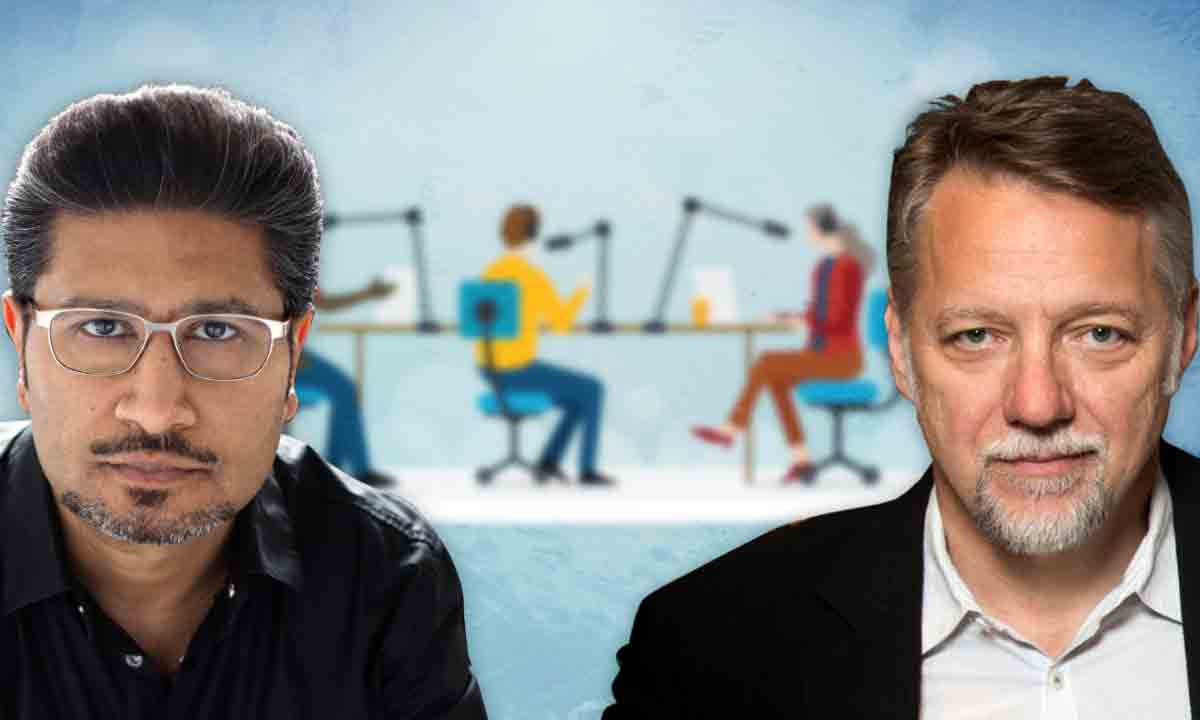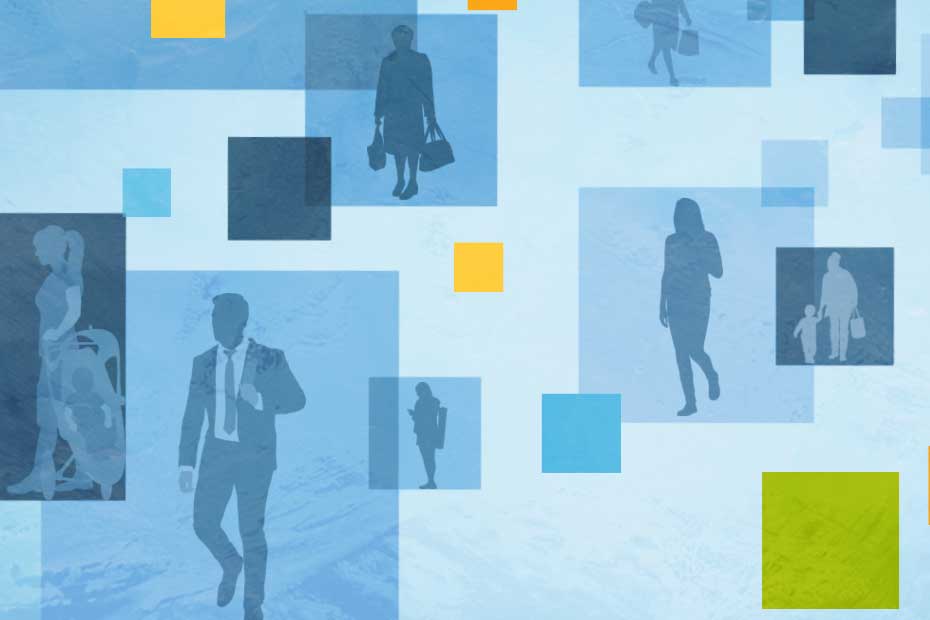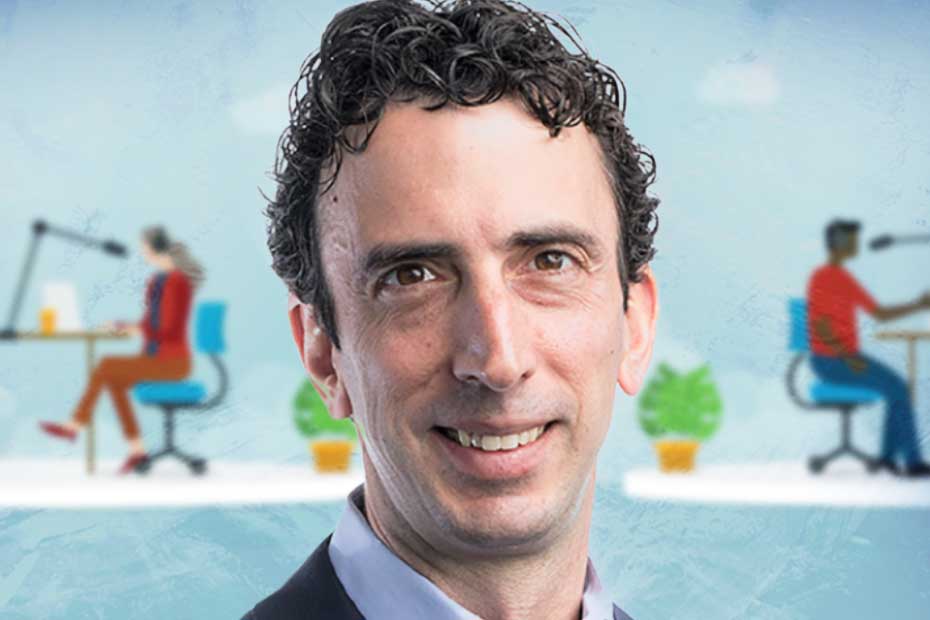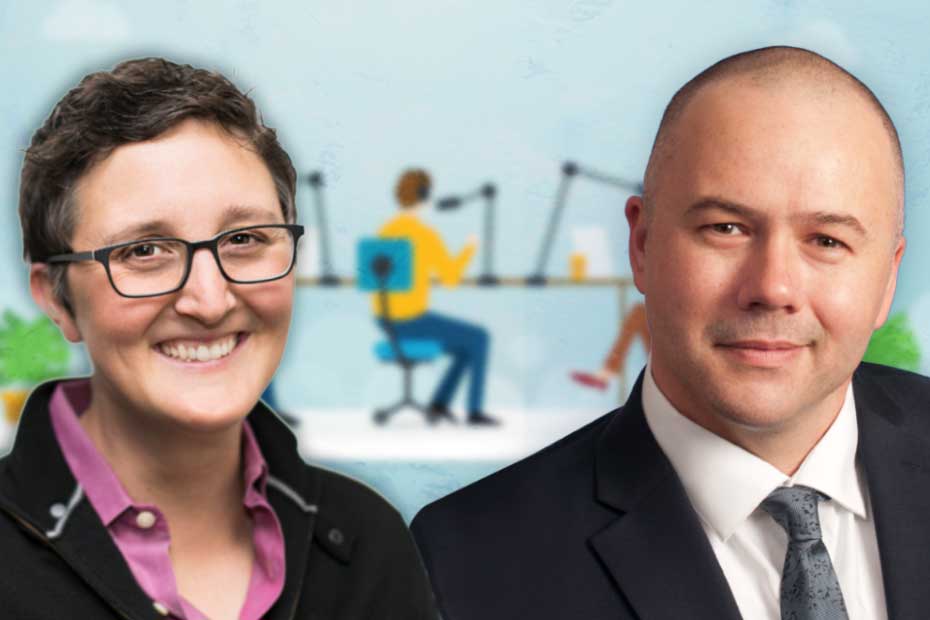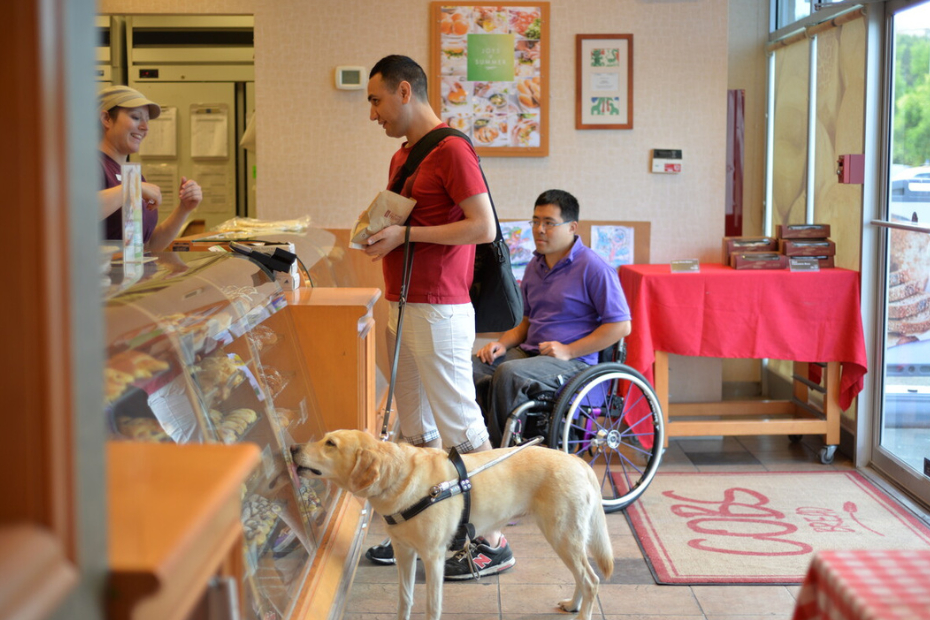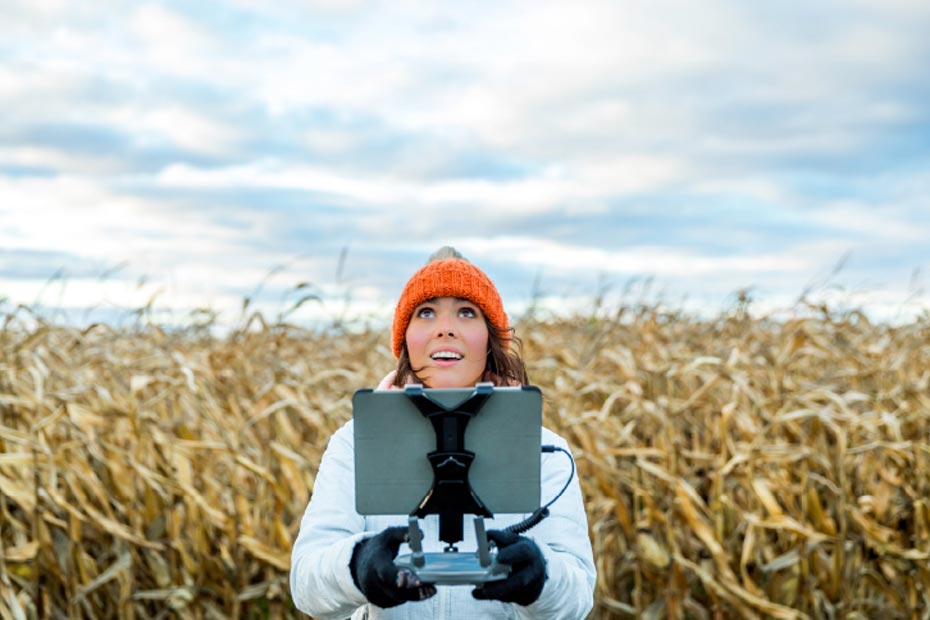The crisis is changing how we interact with and experience the world. With physical distancing and lockdown measures still in place across much of the globe, it will be a while before we see a return to travel and exploration as we were used to.
But even a global pandemic can’t quite stamp out the natural human instinct to seek and discover. Rather than venturing out into the world, we’re logging onto the World Wide Web to visit places like the British Museum or Paris’s Louvre, where virtual gallery tours have increased tenfold.
Even before the crisis hit, iconic Canadian photographer Edward Burtynsky and gaming executive Vikas Gupta were pushing the boundaries of art through the use of augmented reality, virtual reality and photogrammetry. Together they founded AVARA Media to create immersive, three-dimensional visual experiences that transport people to far-flung and remote places. They joined the RBC Disruptors podcast to talk about how we can use augmented reality to see and experience the world like never before, and to better understand our impact on the planet.
Listen on Apple Podcasts, Google Podcasts, Spotify or Simplecast.
“The work that we’re doing at AVARA is meant to connect people to nature and to unique and extraordinary parts of the world,” said Gupta.
“You may never have the opportunity to travel to Indonesia to see a critically endangered tiger. But if you go outside, we can make it feel like there is a tiger right out there in your backyard,” he said.
Burtynsky has spent his 40-year career focused on the idea that humans’ relationship with nature has been “wildly out of balance” – first through film photography, then digital photography and other mediums. AR and VR has opened up a new and compelling way to raise awareness about humans’ relationship with nature that can’t be accomplished in a single print or movie.
“Here you are the protagonist,” he said.
And yet, while AR and VR can led us to new places and expose us to new experiences, they can equally distort our appreciation of the world.
“We are overly reliant on technology,” said Gupta. “We’re using it far too much, historically, as escapism. And what this pandemic has really taught us is that we’ve taken nature for granted.”
So, how do we strike a healthy balance? Here are five key considerations for how our interactions with technology and with each other will shape the post-COVID world.
1. Photography 3.0.
It’s about to change everything we see. Many of us grew up with Photography 1.0. That’s the chemical-based art that was the foundation of all media. Think National Geographic. It opened our eyes to the planet. Photography 2.0 was digital, connecting every person with every image (hello, Instagram). What Burtynsky calls Photography 3.0 is 3D, immersive, interactive, and can be more powerful than both.
2. Empathy.
We need to be really careful that our augmented and virtual experiences are connected with the reality of others on this planet. By empathizing with what they see and want to be seen, we can open our mind to the world as others would like it to be.
3. Game theory.
Technology can be far more powerful when game theory is applied – by giving users an array of choices that determine the outcomes of a technology and, when done well, add to our understanding of the world.
4. Canada.
We have a special place to play in this revolution. We’re a nation that’s known for creativity and storytelling. It’s why so many Canadians are in Hollywood. With these new platforms, maybe our artists won’t need to go abroad to influence the world.
5. Climate.
The COVID crisis has reminded us of our relationship with nature. We are still creatures of biology more than we are masters of technology. Moving forward, how can we use the power of visual technologies to better appreciate our ancient relationship with nature – and come to grips with the looming challenges of our own making?
There’s no turning back a technology. We can only advance it, and make sure it advances us.
More from the Innovation:
This article is intended as general information only and is not to be relied upon as constituting legal, financial or other professional advice. A professional advisor should be consulted regarding your specific situation. Information presented is believed to be factual and up-to-date but we do not guarantee its accuracy and it should not be regarded as a complete analysis of the subjects discussed. All expressions of opinion reflect the judgment of the authors as of the date of publication and are subject to change. No endorsement of any third parties or their advice, opinions, information, products or services is expressly given or implied by Royal Bank of Canada or any of its affiliates.








